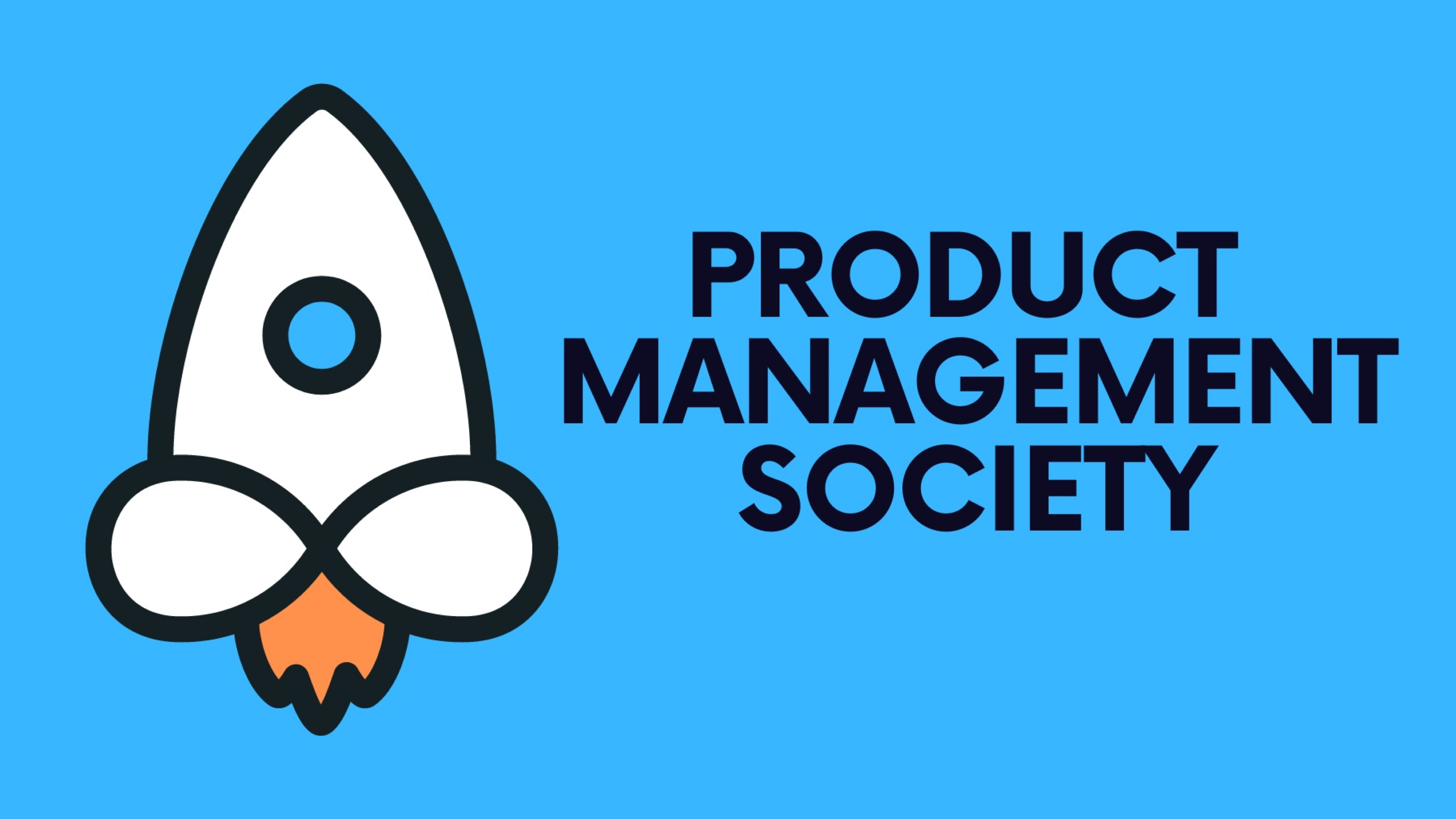These techniques allow product managers and designers to visualize product concepts, test functionality, and iterate designs before committing to full-scale development. This article explores the practical approach to wireframing and prototyping, providing insights on how to effectively use these tools to enhance product design and user experience.
1. Understanding Wireframing
A wireframe is a low-fidelity representation of a product, typically focusing on layout, structure, and content, without detailed design elements like colors or images. Wireframes are crucial for:
Thanks for reading Product Management Society! Subscribe for free to receive new weekly posts 🚀
- Establishing the basic structure of a page or app screen
- Clarifying content placement and prioritizing features
- Facilitating discussions with stakeholders and team members
Tools for Wireframing:
- Balsamiq: Known for its sketch-like appearance, Balsamiq helps teams focus on structure rather than design details.
- Axure: Offers more advanced features for creating interactive wireframes with dynamic content.
- Sketch: Popular among designers for its vector-based system, making it suitable for both wireframing and high-fidelity designs.
2. Moving to Prototyping
While wireframes are static, prototypes are interactive mockups that simulate the user interface and functionality of the final product. Prototyping serves several purposes:
- Testing usability: Allows teams to evaluate the effectiveness of the design in simulating real user interactions.
- Gathering user feedback: Helps in conducting user tests to collect insights that inform further iterations.
- Communicating interactive elements: Demonstrates how a product will function, making it easier for stakeholders to visualize the end result.
Tools for Prototyping:
- InVision: Provides tools for creating interactive prototypes that users can share and test.
- Adobe XD: Combines wireframing and prototyping capabilities, allowing for the design and testing of user flows within a single tool.
- Figma: A web-based tool that supports collaborative design and prototyping, enabling teams to work together in real time.
3. Best Practices for Wireframing and Prototyping
Start with Wireframes:
- Begin with low-fidelity wireframes to outline the basic structure without getting bogged down by design details.
- Use wireframes to facilitate quick iterations based on team feedback and stakeholder input.
Advance to Prototypes:
- Once the wireframe is solidified, develop a prototype to start testing interaction and design.
- Use prototyping to conduct user testing sessions and refine user flows based on real feedback.
Iterate Frequently:
- Both wireframing and prototyping should be iterative processes. Use insights gathered from each stage to refine and improve the design.
- Encourage feedback from stakeholders, including design, development, and marketing, to ensure the product meets all requirements.
4. Integrating Wireframes and Prototypes into the Development Process
To effectively integrate wireframing and prototyping into product development:
- Align with Agile Development: Incorporate wireframing and prototyping into sprints to ensure that design and development proceed in tandem.
- Document Changes: Keep a detailed changelog of iterations and decisions made during wireframing and prototyping to inform future stages and new team members.
- Use Prototypes as Specifications: Provide developers with prototypes that serve as visual and interactive specifications for building the product.
Conclusion
Wireframing and prototyping are invaluable techniques in product managers' and designers' toolkits. By visually and interactively exploring design concepts, teams can identify potential issues early, enhance usability, and ensure the final product resonates with users. Adopting a practical approach to wireframing and prototyping will streamline the development process and lead to a more successful product launch.
Stay tuned for our next article, in which we will discuss the importance of user feedback in continuous product development.
If you’re finding this newsletter valuable, consider sharing it with friends, or subscribing if you aren’t already. Also, consider coming to one of our Meetups and following us on LinkedIn ✨
Thanks for reading Product Management Society! Subscribe for free to receive new weekly posts 🚀







